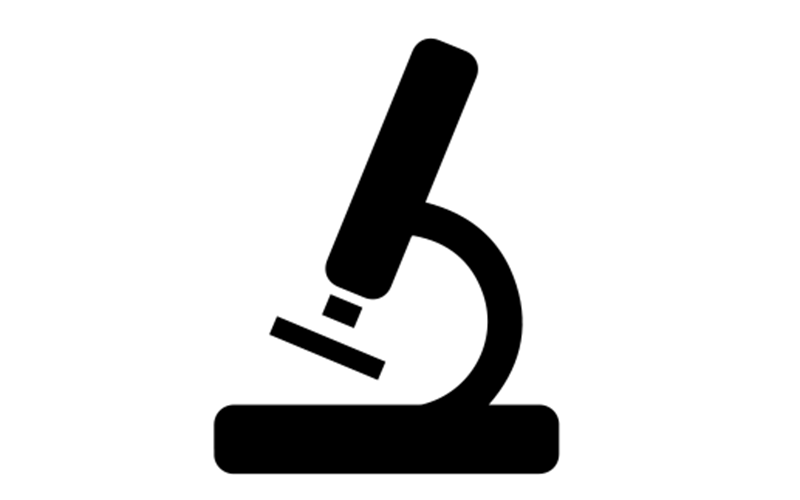This month: astrocytes

What are they?
Star-shaped cells that surround neurons. They are the most abundant glial cells in the brain, are closely associated with neuronal synapses and regulate the transmission of electrical impulses within the brain.
Why are they in the news?
Researchers from Washington University in the US have proven that they play a role not previously known – regulating the circadian rhythm and influencing the body’s internal clock.
What was previously thought?
The regulation of the circadian rhythm, which lasts approximately 24 hours, was believed to be controlled by the suprachiasmatic nucleus – a region situated in the hypothalamus portion of the brain.
So, how many of these astrocytes do we have?
A lot – they greatly outnumber neurons, [often 10:1] and occupy 25% to 50% of brain volume.
If they are so abundant, why are we only just realising what they do?
Although these cells are anatomically obvious, their functions have been difficult to determine. Discoveries in the last 25 years, however, have revealed some of their roles and established the essential nature of interactions that take place between neurons and astrocytes for normal brain function.
What else do these astrocytes do?
They support the cells that comprise the blood-brain barrier, maintain the extracellular ion balance, supply nutrients to the nerve tissue and aide in post-traumatic repair processes.




